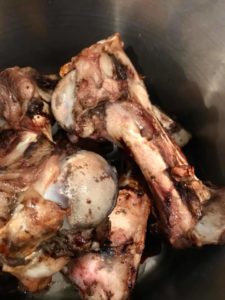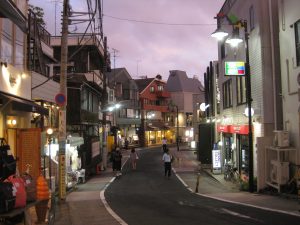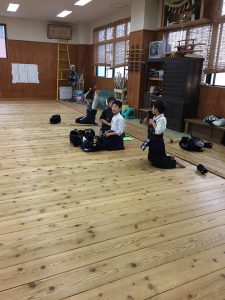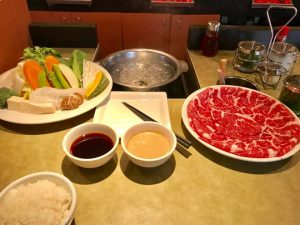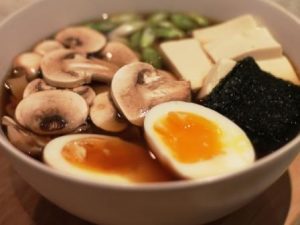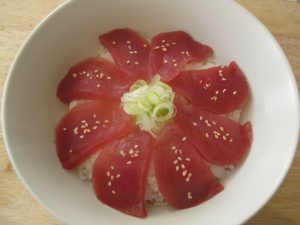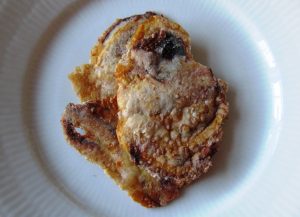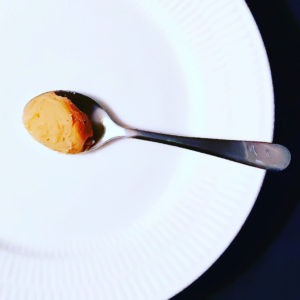 The Japanese are the people in the world who eat the most miso.
The Japanese are the people in the world who eat the most miso.
In Japan, there are many different miso products. One of the Japanese favorite foods is miso paste. Miso paste is made on fermented soybeans and other ingredients such as sake.
You can compare miso paste with cheese. It is available in several flavors and mature taste depending on how long it has stored.
Of course, it does matter what kind of miso you use for soups, classic Japanese dishes or for a dessert.
On the Japanese noodle soup course, you will learn which miso paste is best for making the classic Japanese straight ramen noodle soup.
Read more about the class Japanse noodle soup course for beginners
_
Zoë has lectured and held sushi courses for A. P. Moller – Maersk, Hugo Boss Nordic, Novo Nordisk, Novartis, Velux, Gorrissen Federspiel, Beierholm revision, Elbek & Vejrup and many more.

